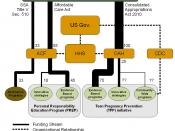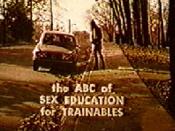Should sex education be taught in schools? The question is no longer should sex education be taught, but rather how should it be taught. According to the Center for Disease control and Prevention, over 93 % of all public schools currently offer courses on sexuality or HIV/AIDS (CDCP, 44) More than 510 junior and/or senior high schools have school liked health clinics, and more than 300 schools make condoms available on campus. The question now is are these programs effective, and if not, how can we make then better?
In order for kids to protect themselves, they need the proper and right information. The United States has more than doubled the teenage pregnancy rate of any western country, with more than a million teenagers becoming pregnant each year, teenagers who are sexually active have the highest rate of sexually transmitted diseases of any age group, with one in four young people contracting an STD by the age of 21.
We need to inform these young people before it is too late. And they need to know that there is still no cure for AIDS.
HIV infection is increasing most rapidly among young people. One in four new infections in the United States occurs in people younger than that age of 22. In 1994, 417 new AIDS cases were diagnosed among 13-19 year old, and 2,684 new cases among 20-24 year olds. Since infection may occur up to 10 years before and AIDS diagnosis, most of those people were infected with HIV either as adolescents or pre-adolescents. This is a very scary situation.
Knowledge alone is not enough to change children and young adult's behaviors. Programs that rely mainly on conveying information about sex or moral precepts-how the body's sexual system functions, what teens should and shouldn't do, have failed. However,


